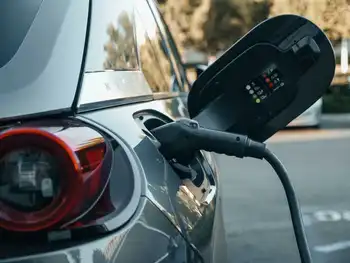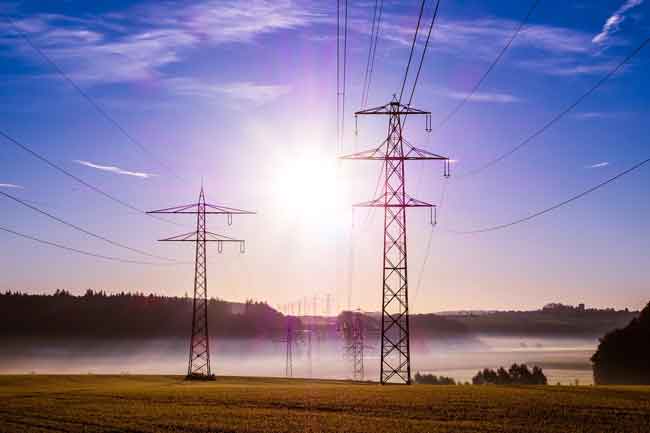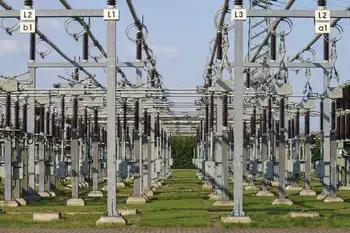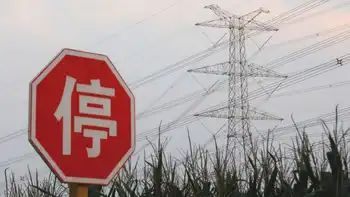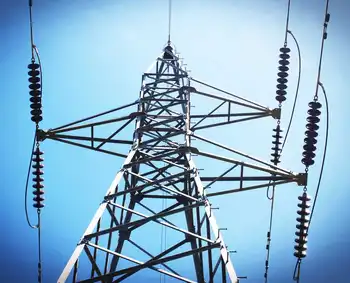Smart meter data system to cost $89 million
By Toronto Star
NFPA 70e Training
Our customized live online or in‑person group training can be delivered to your staff at your location.

- Live Online
- 6 hours Instructor-led
- Group Training Available
Details of the $85-million agreement between the provinceÂ’s Independent Electricity System Operator IESO and IBM were obtained by the provincial NDP through a freedom of information request.
The IESO oversees OntarioÂ’s electricity system.
The Star revealed that thousands of Ontarians may have been inaccurately charged by the system created to read smart meters, which are intended to measure time-of-use electricity consumption.
But Young said IBM “is not responsible for the process issue identified in the Star”.
“The contract with IBM includes delivery milestones and operational service levels that are linked to payment under the contract,” Young said. Failure to meet those provisions results in financial penalties.
The cost of running a central registry for the smart meter initiative was originally estimated at $85 million in development and operating expenses over four years, said Terry Young, vice-president of corporate relations for the operator. Another $4 million was paid to IBM and other parties later on to accelerate the timeline.
The monthly fees paid to IBM to collect and manage the data are included in the $85-million contract, Young said. He added the IESO signed a contract with IBM in 2007 after going through a competitive bidding process. To date, IBM has been paid $26 million.
There are 3.6 million Ontarians with smart meters. Eventually the number on the time-for-use plan will grow from 1.2 million to all customers.
The NDP obtained the freedom of information documents after a nearly two-year quest to find out how much money the province is spending on the time-of-use electricity system.
IBM is making a lot of money each month just to read the meter, said NDP MPP Peter Tabuns Toronto Danforth. “They IBM have a very good business deal here,” Tabuns said. “This is an ongoing contract.”
In view of the StarÂ’s revelation that the smart meters themselves do not meet federal measurements standards and must be repaired before Jan. 1, 2012, Tabuns wonders why IBM is being paid so much.
Measurement Canada, a federal agency, warned in a letter to the IESO and the Ontario energy ministry that utilities who issue billing invoices “which establish supplied electricity quantities on the basis of interval data and not on the basis of meter registration start and finish meter reads will be considered in contravention of the requirements of the Electricity and Gas Inspection Act.”
Newmarket Hydro said start and finish meter readings for the consumption period for the billed electricity are not displayed on a customerÂ’s bill. That information is collected and passed on to the smart meterÂ’s data system but it does not have the software necessary to return the data so it can be supplied to consumers, the utility said.
Young said the IESO is working hard to develop a practical and cost-effective way to modify metering and billing systems to comply with the federal agencyÂ’s requests.





